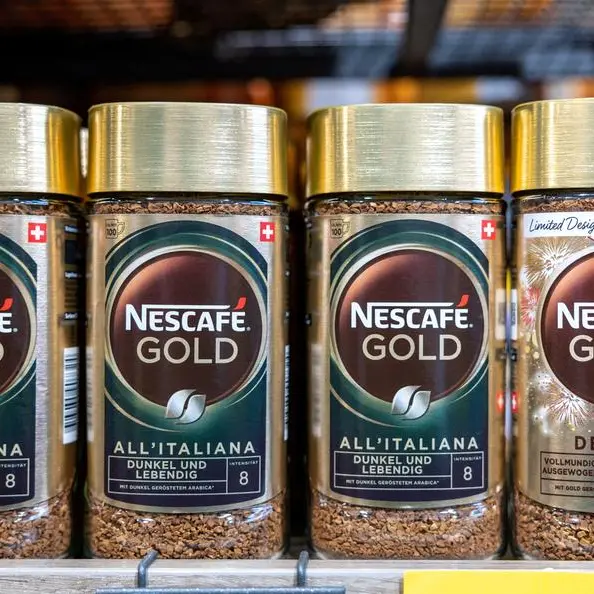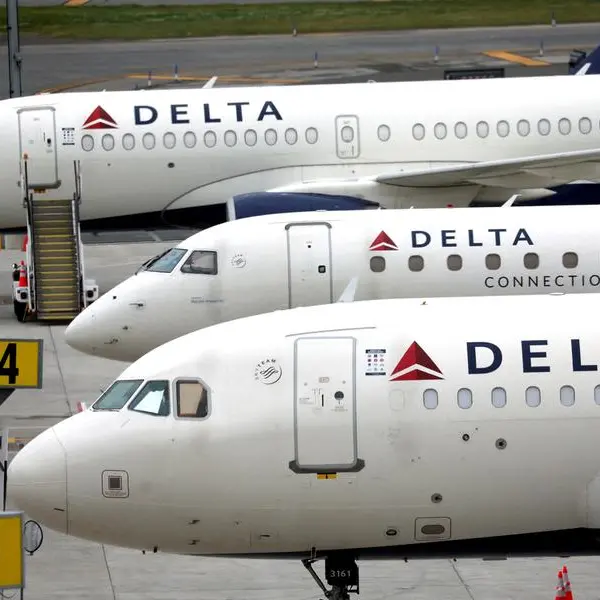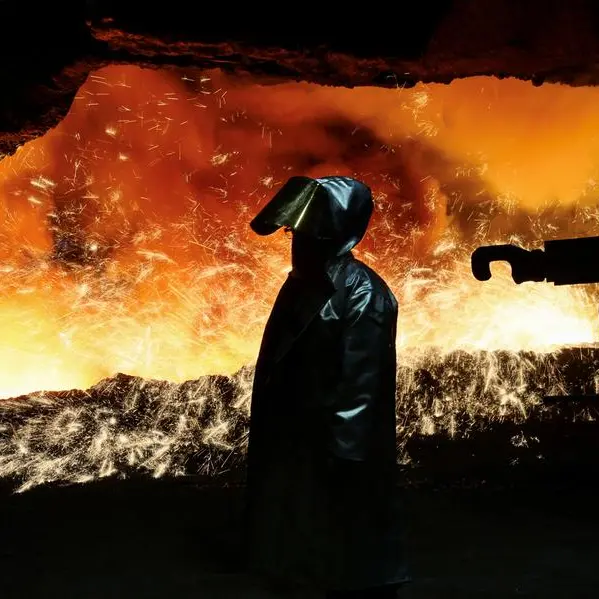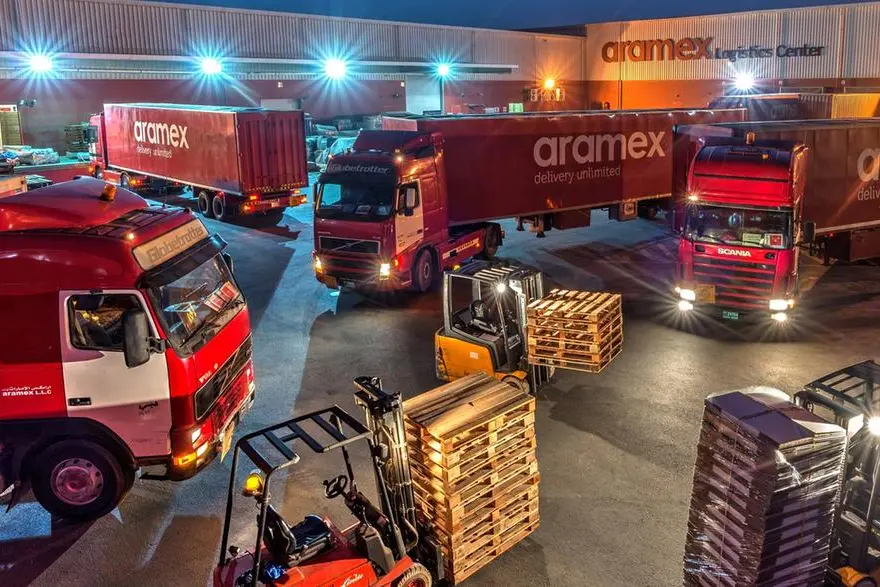PHOTO
FILE PHOTO: A coal-burning power plant can be seen behind a factory in the city of Baotou, in China's Inner Mongolia Autonomous Region October 31, 2010. REUTERS/David Gray/File Photo
(The opinions expressed here are those of the author, a columnist for Reuters.)
LAUNCESTON, Australia - Asia's imports of seaborne thermal coal ticked up in August to the highest in eight months, but the strength was largely driven by North Asia's developed economies rather than the usual heavyweights of China and India.
A total of 79.87 million metric tons of the fuel predominantly used to generate electricity will arrive at Asian ports in August, according to data compiled by commodity analysts Kpler.
This is up from 77.1 million tons in July and is the highest since December's 80.54 million.
Asia's demand for thermal coal has accelerated in recent months amid warmer-than-usual summer weather, which has boosted demand for air conditioning.
The increased demand for coal used in power generation has been most keenly felt in the developed economies of North Asia, namely Japan, South Korea and Taiwan.
Japan, Asia's third-biggest coal importer behind China and India, is on track for imports of 9.09 million tons of thermal coal in August, down from July's 9.53 million, according to Kpler.
But July and August are Japan's two strongest months for thermal coal imports since the peak winter month of January, and August's arrivals are also higher than the 8.91 million in the same month last year.
South Korea, Asia's fourth-ranked coal importer, is on track for imports of 8.27 million tons in August, the highest since July 2022 and up from 6.58 million in July.
Taiwan's imports are estimated at 4.13 million tons in August, down slightly from July's 4.46 million, but these two months are the strongest since September last year.
A common factor between Japan, South Korea and Taiwan is they prefer higher grade thermal coal, with the benchmark being Australian coal loaded at Newcastle port with an energy content of 6,000 kilocalories per kilogram (kcal/kg).
The index for this grade, as assessed by commodity price reporting agency Argus, reached the highest since late December in the week to Aug. 23, ending at $146.03 a ton.
This was up marginally from $145.92 a ton the previous week, although the index has rallied 11.7% from its mid-year low of $130.68 reached in the week to June 28.
CHINA, INDIA
While the price of higher quality Australian coal has been driven by rising demand in North Asia, the same cannot be said for lower-grade fuel, which is favoured by China and India, as well as buyers in Southeast Asia such as Vietnam and Malaysia.
Australian coal with an energy content of 5,500 kcal/kg dropped to $86.41 a ton last week, its fourth straight weekly decline and it's now at the weakest since April.
Indonesian coal with an energy content of 4,200 kcal/kg fell to a one-year low $50.64 a ton in the week to Aug. 23, its fifth straight losing week.
Indonesia is the world's biggest exporter of thermal coal and Australia ranks second, while China and India are the biggest buyers of Indonesia cargoes and of lower-grade Australian fuel.
China's imports of seaborne thermal coal edged higher in August to 29.97 million tons, up from 28.52 million July.
However, for the past four months China's thermal coal imports have been effectively flat, anchored in a narrow range around 30 million tons, indicating the strong growth in demand over the past two years appears to be levelling out.
India is on track for imports of 13.45 million tons of seaborne thermal coal imports in August, down a touch from July's 13.67 million.
Similar to China, India's imports for the past three months have been effectively flat around 13.5 million tons.
The steady picture for China and India goes some way to explain the recent gentle downtrend in the prices of lower grade coal, while the rising imports in North Asia's developed economies justify the move up for higher quality coal.
However, North Asia's demand tends to be more seasonal and is about to enter the slack period between the summer and winter peaks, which may put some downward pressure on the Newcastle Index price.
But much will depend on whether utilities in those countries want to keep ample stockpiles ahead of the winter peak, which may lead to stronger-than-usual demand in the shoulder season.
The opinions expressed here are those of the author, a columnist for Reuters.
(Editing by Jamie Freed)























